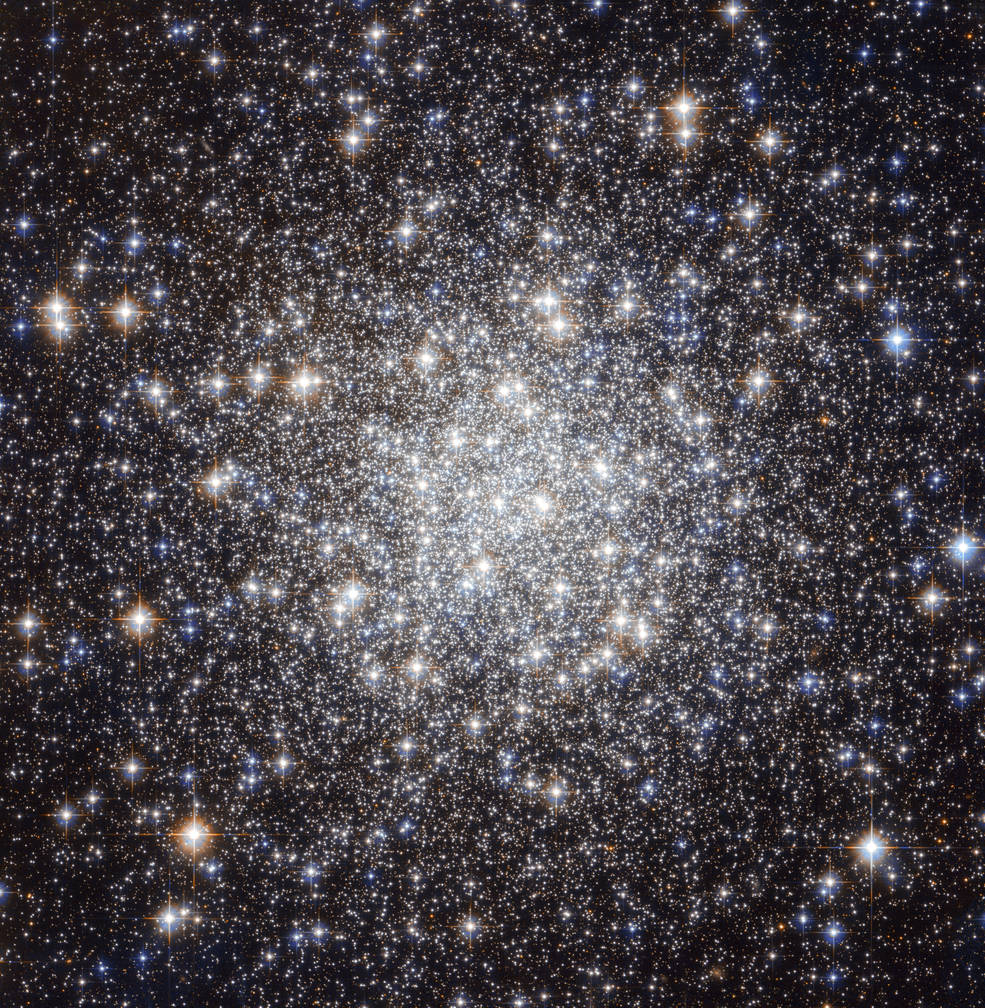It’s #MessierMonday, tweeps!
This sparkling beauty is M56, a globular cluster in the constellation Lyra.
The image is from the HST and composed of wavelengths in visible & infrared. Without the infrared component some of that beauty would be obscured.
(1/5)
Image: NASA/ESA
This sparkling beauty is M56, a globular cluster in the constellation Lyra.
The image is from the HST and composed of wavelengths in visible & infrared. Without the infrared component some of that beauty would be obscured.
(1/5)
Image: NASA/ESA
Messier discovered M56 on the 19th January, in 1779. Even though it’s not difficult to find position-wise it’s difficult to see without a telescope. Even with binoculars it looks a bit like an out-of-focus star. It’s quite dim and doesn’t have an especially bright core.
(2/5)
(2/5)
Part of the reason for this is it’s close to the galactic plane, which means there’s loads of cosmic dust in the way. The inclusion of infrared in the Hubble image helps reveal parts obscured by the dust.
(3/5)
(3/5)
Fun fact: M56 is moving in a retrograde orbit through the Milky Way.
More fun: M56 is another metal-poor globular cluster — it only has about 1% of the Sun’s metallicity. This is because most elements weren’t in existence when M56 was born. M56 is 13.7 billion years old!
(4/5)
More fun: M56 is another metal-poor globular cluster — it only has about 1% of the Sun’s metallicity. This is because most elements weren’t in existence when M56 was born. M56 is 13.7 billion years old!
(4/5)
The age of the universe is just shy of 13.8 billion years.
Just think about that.
This collection of stars is almost as old as the universe itself!
(5/5)
Image credit: Hewholooks at http://wikipedia.org
Just think about that.
This collection of stars is almost as old as the universe itself!

(5/5)
Image credit: Hewholooks at http://wikipedia.org

 Read on Twitter
Read on Twitter



